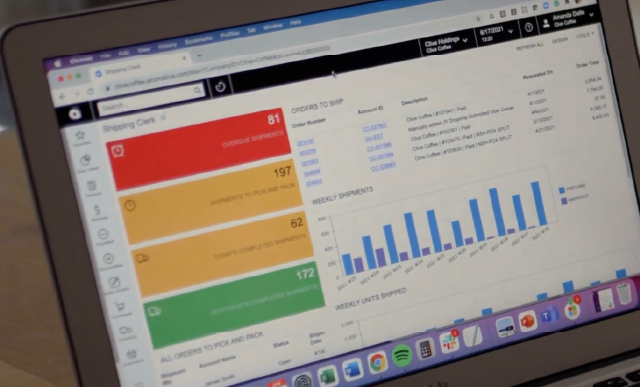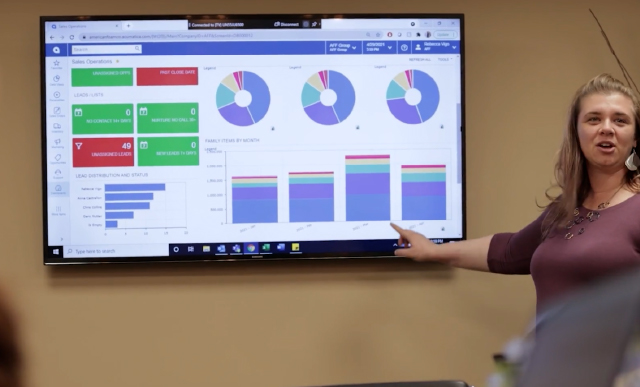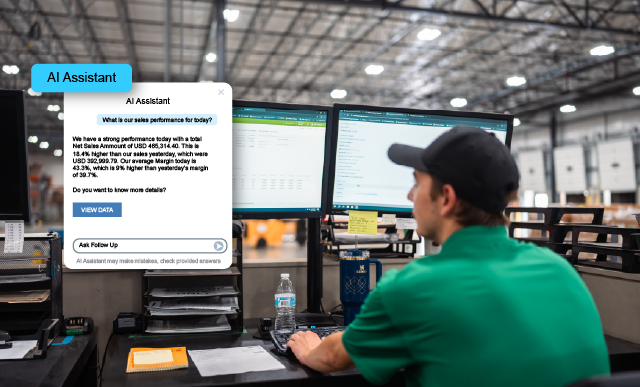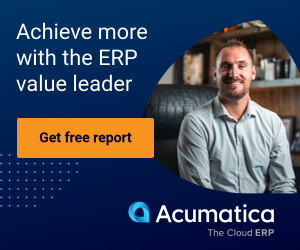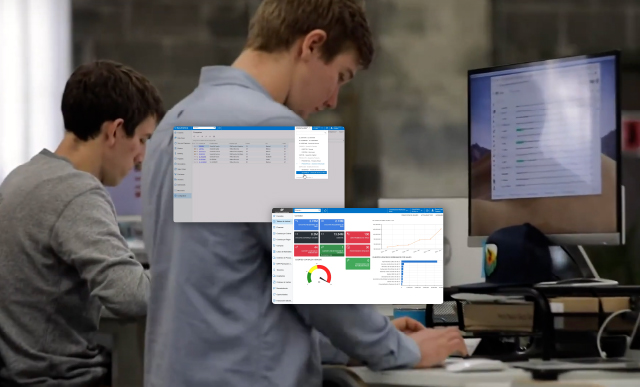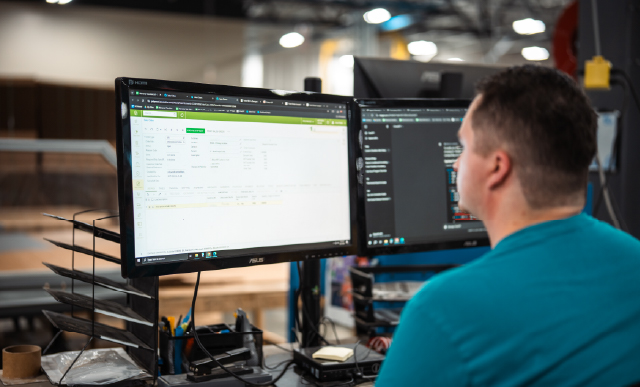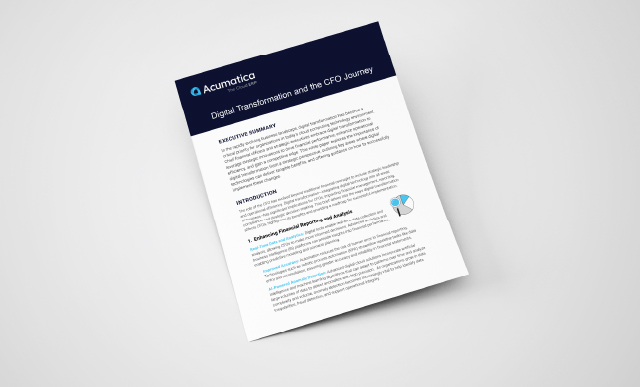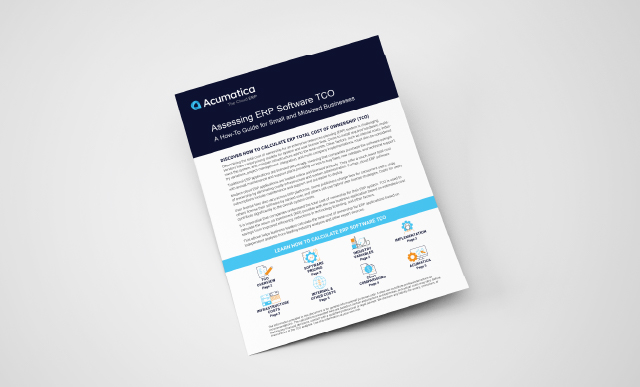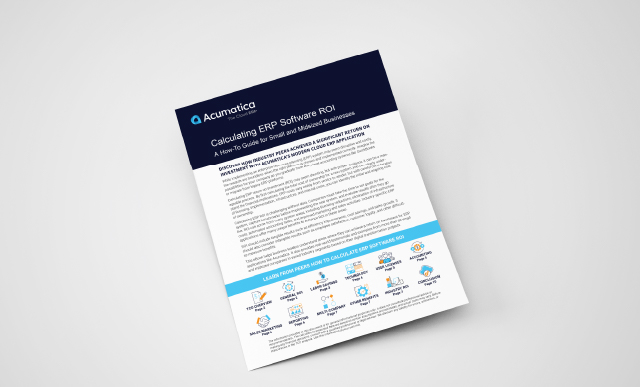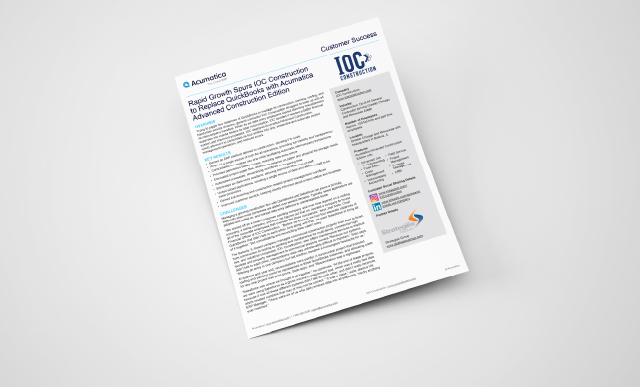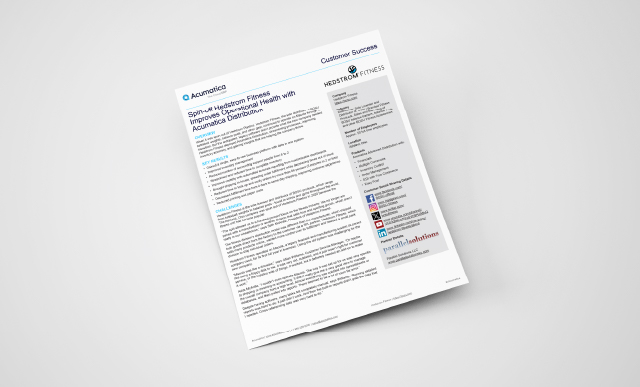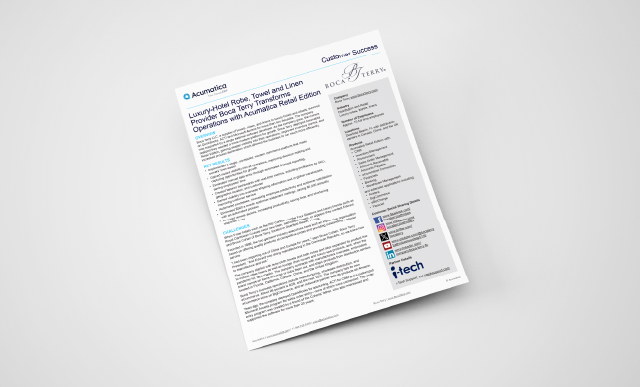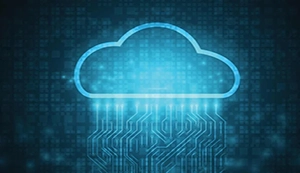Hedstrom Fitness"When it was spun out of Hedstrom Plastics, Hedstrom Fitness, the sole distributor of BOSU kettlebell weights, balance pods, and other gear, continued to operate on Macola through its transition. But the antiquated, legacy software didn’t provide what the new company needed. Hedstrom Fitness deployed Acumatica Distribution, streamlining processes, improving inventory accuracy, and gaining insights that are helping the company thrive.
KEY RESULTS
• Gained a single, easy-to-use business platform with data in one system
• Improved inventory management
• Reduced number of accounting support people from 6 to 2
• Streamlined and reduced time to complete inventory
• Improved visibility with automated accurate reporting from customizable dashboards
• Brought shipping in-house, speeding order fulfillment while decreasing times out of stock
• Reduced time to look up and verify orders by more than 66 percent (5 minutes to 2 or less)
• Decreased fulfillment time from 4 days to same day shipping, improving customer experience
• Reduced printing and paper costs"



